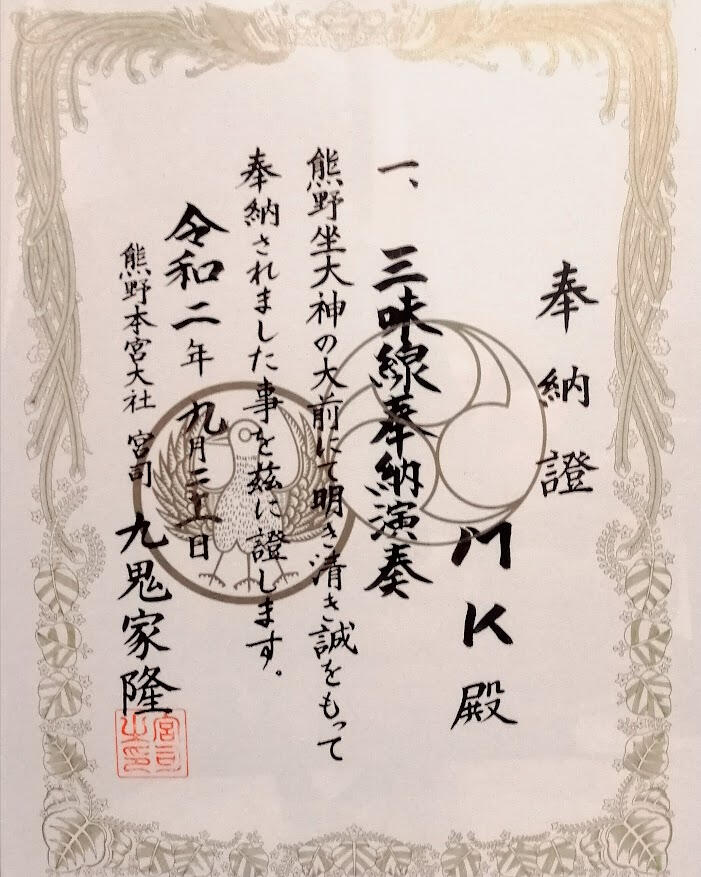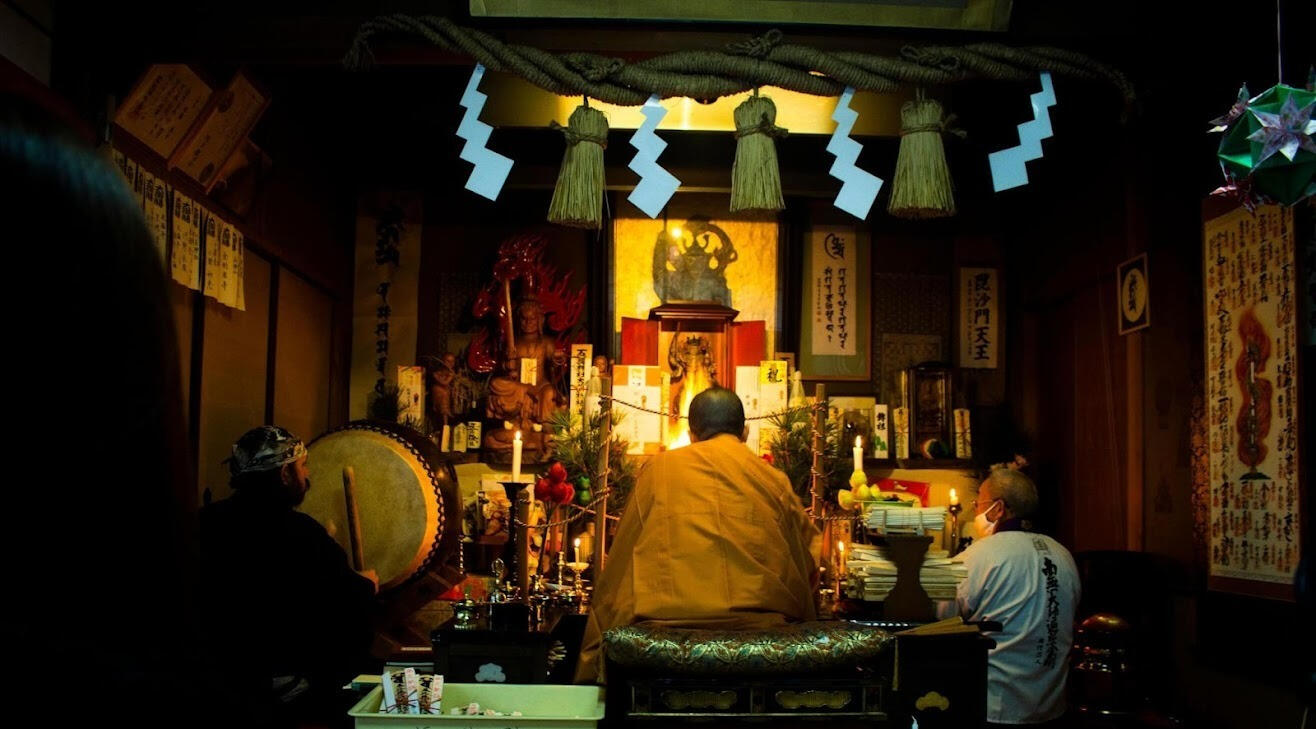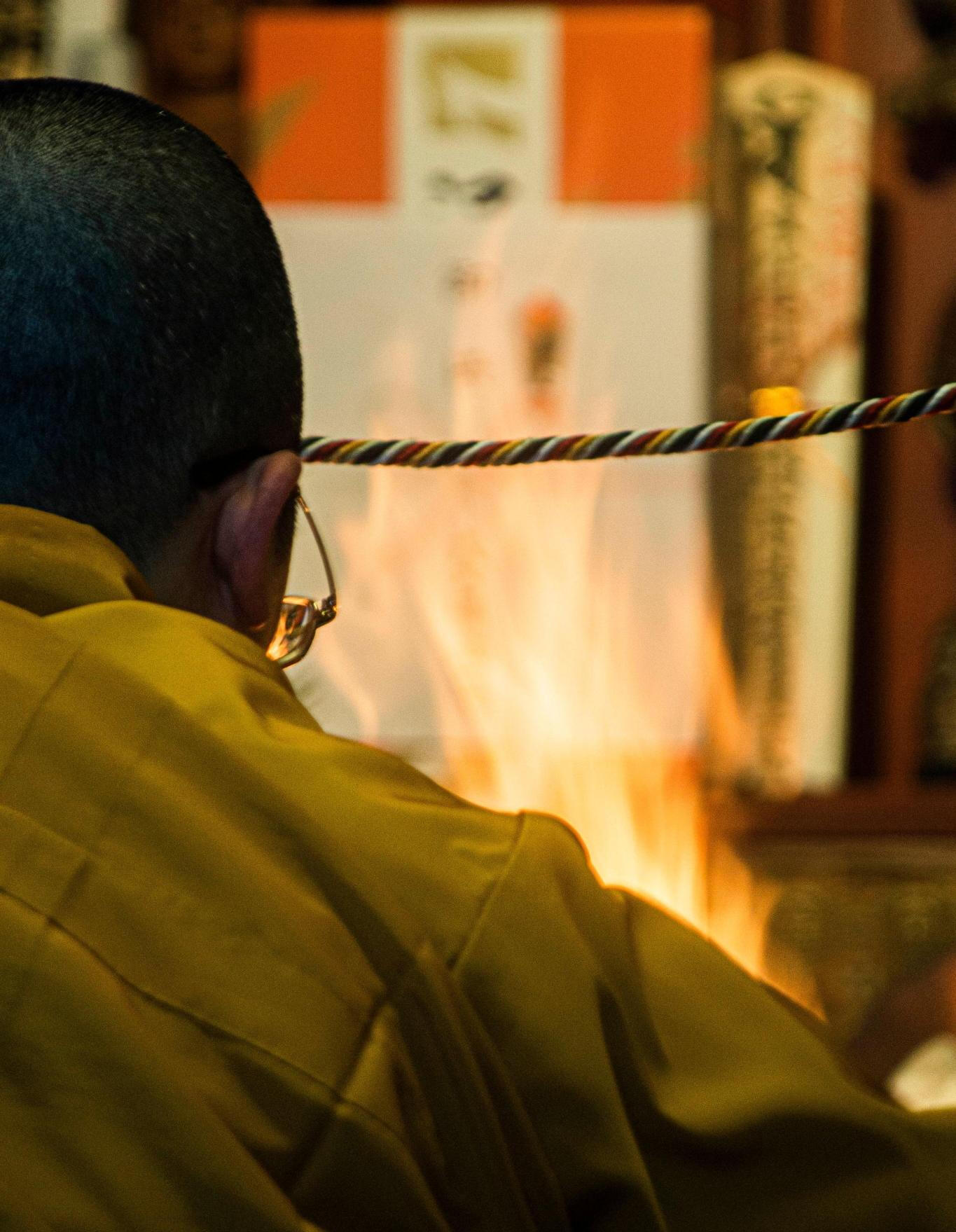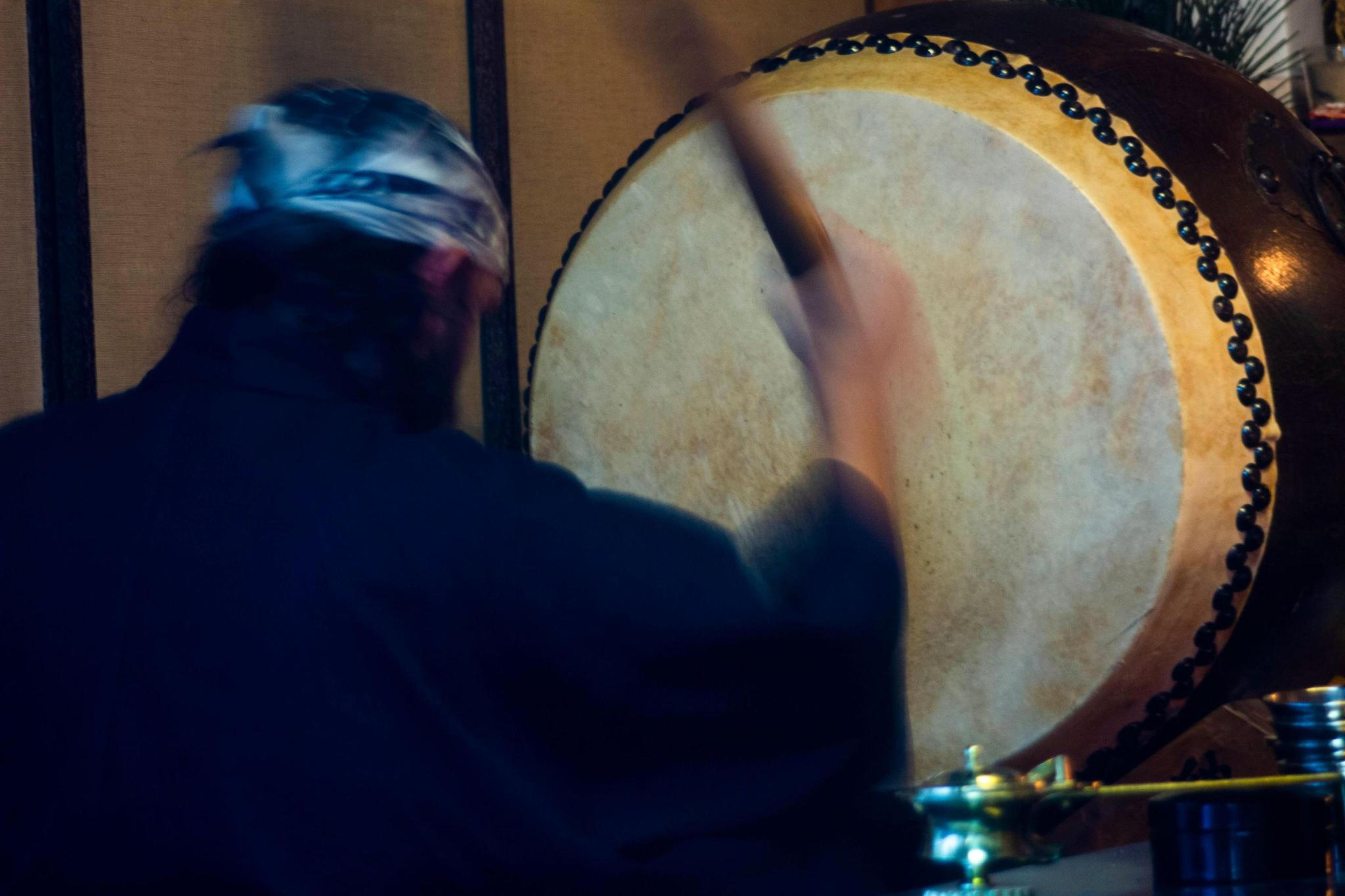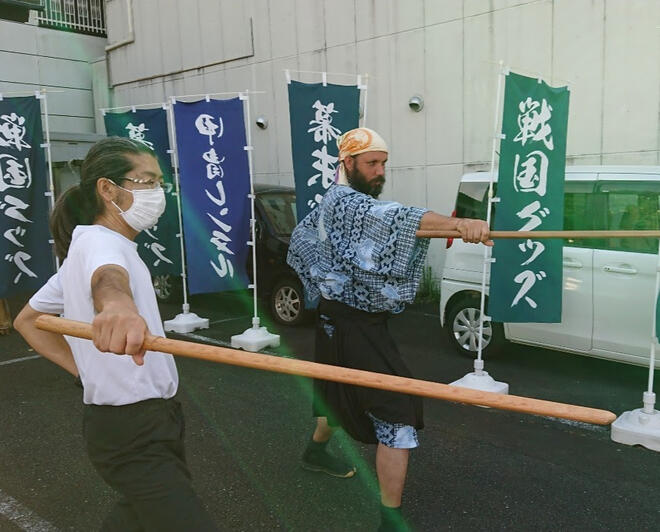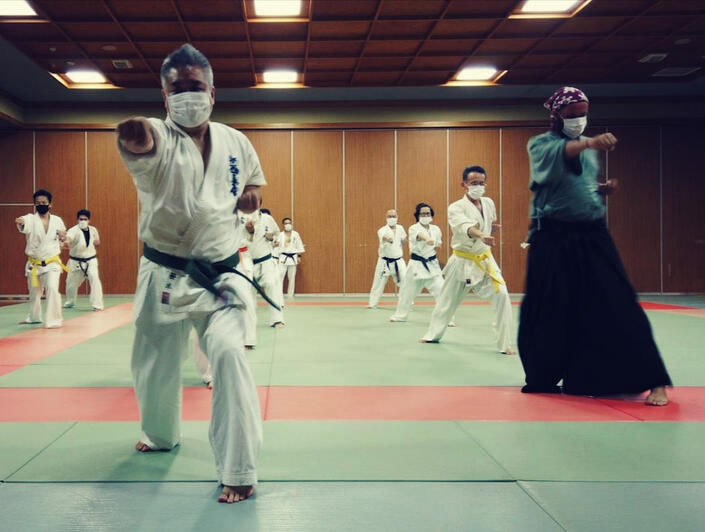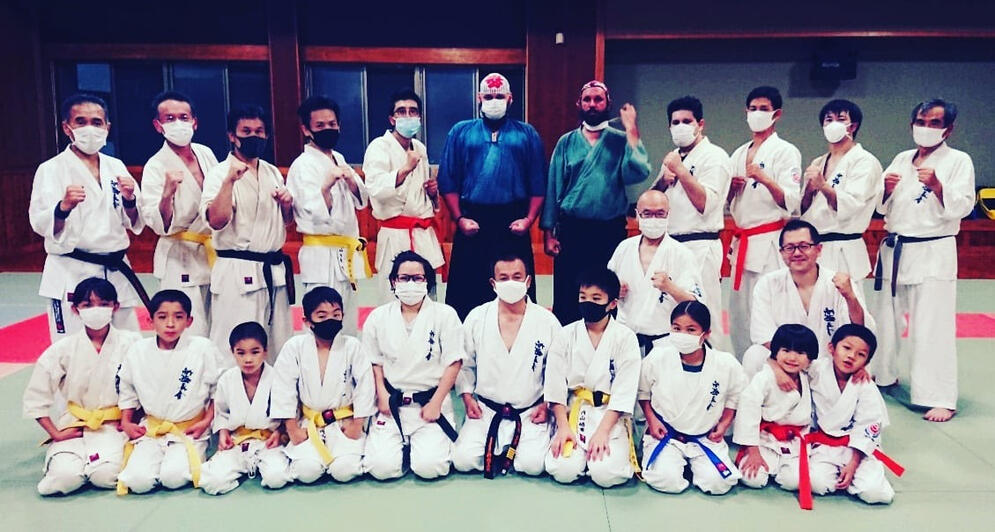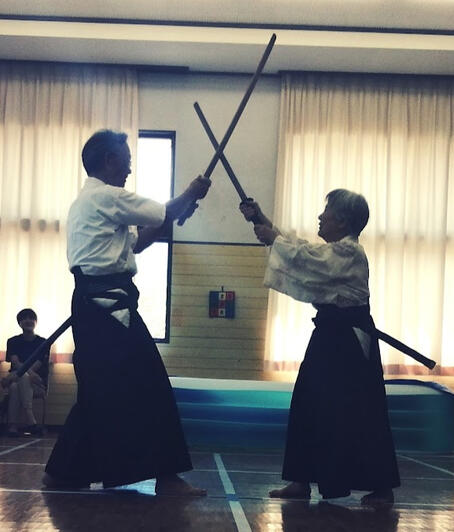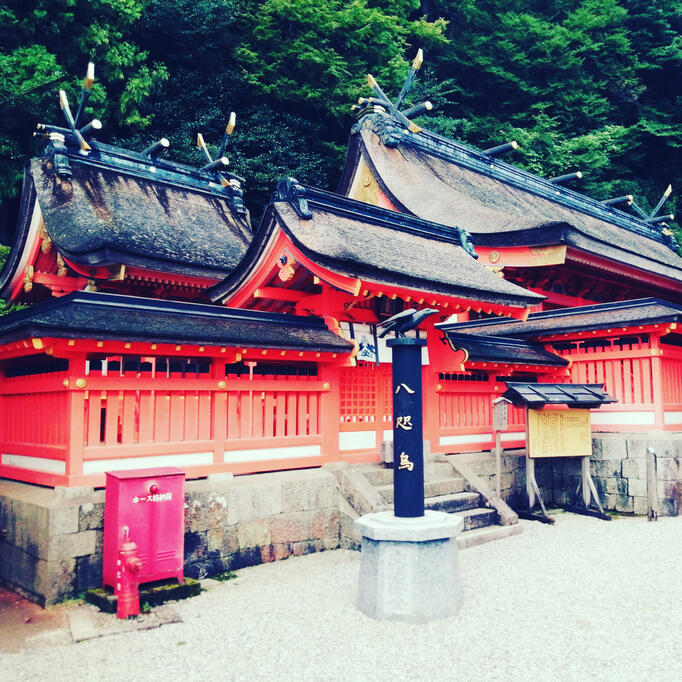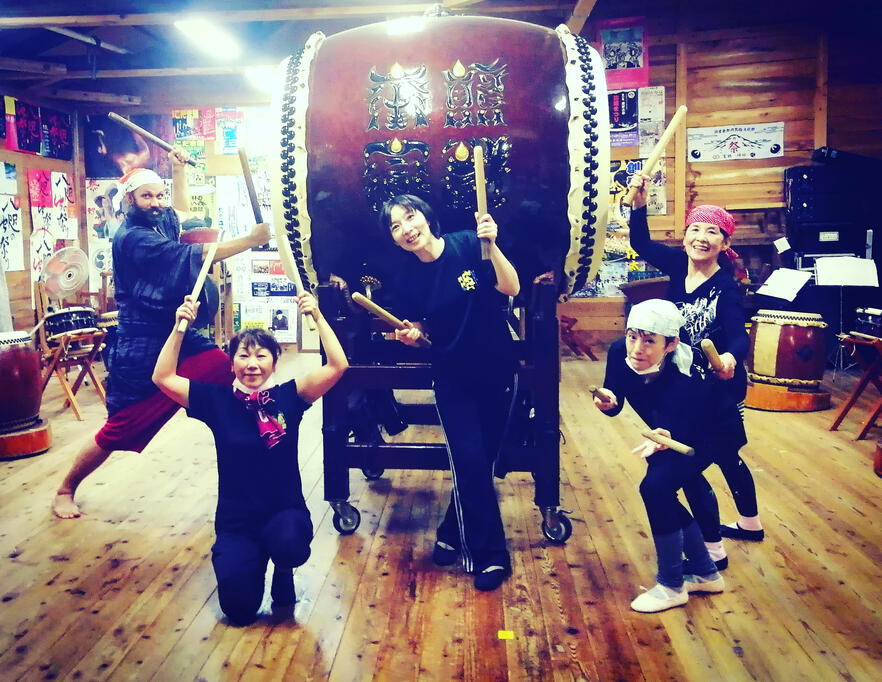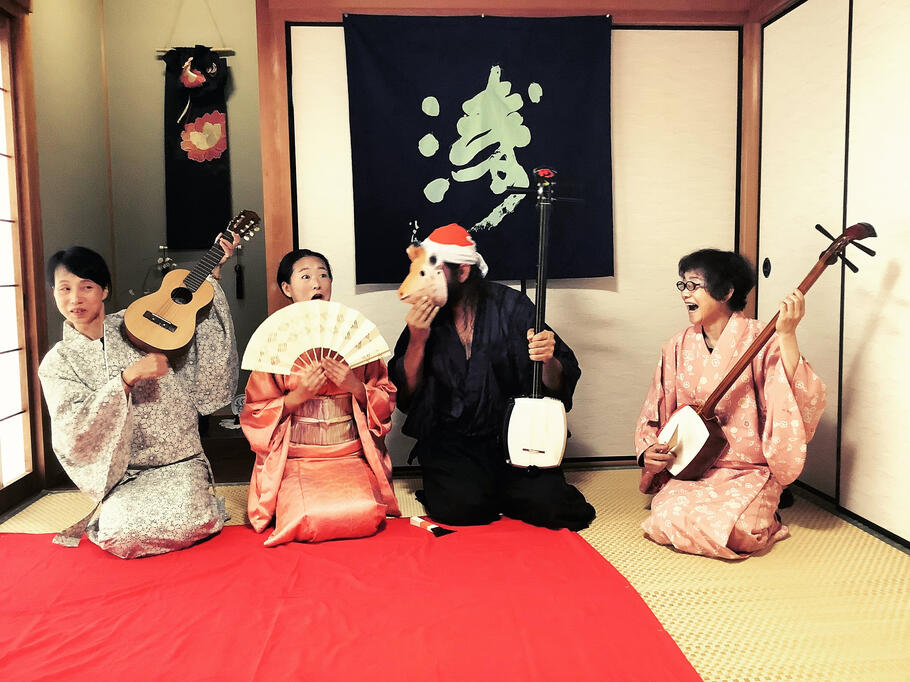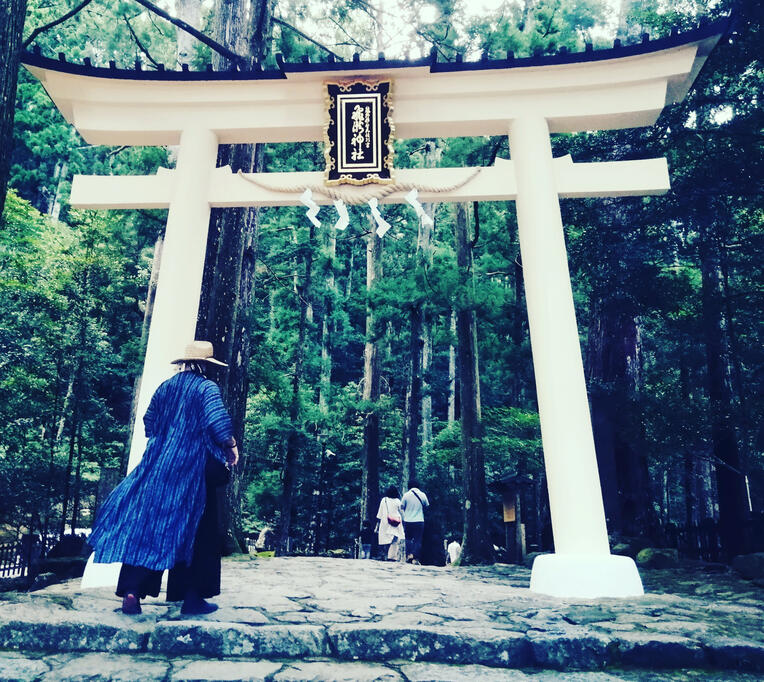Cultural Experience
Explore Our Cultural Events and Community Activities!Join us for immersive experiences in traditional music and dance, Shinto and Buddhist rituals, martial arts, and more. Whether you're a group or seeking a private tour, our curated events offer hands-on workshops and guided tours led by experienced practitioners.Discover the essence of Japanese culture and contribute to its revitalization with us. From interactive sessions to martial arts demonstrations, our events promise a memorable journey of exploration and learning. Join us and celebrate Japan's rich heritage!
Misogi 禊
Misogi is a Japanese term that refers to a purification ritual or practice, typically involving purification of the body and mind through various methods such as meditation, breathing exercises, or immersion in water, such as a cold waterfall or river. It has roots in Shintoism, the indigenous religion of Japan, where purification rituals play a significant role in spiritual practices. Misogi is often seen as a way to cleanse oneself of impurities, both physical and spiritual, and to attain a state of purity and clarity.
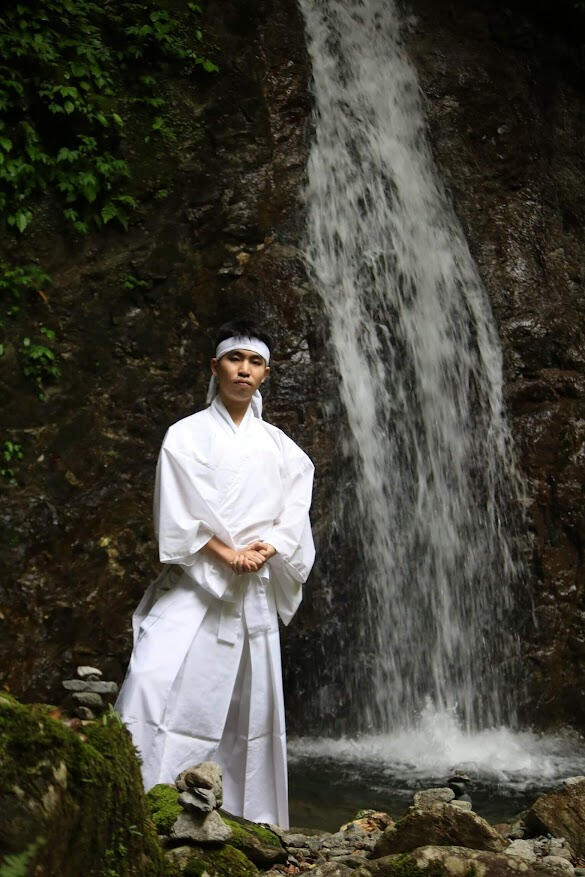
Guide:
Shinki Tsubota
Location:
Kawakami Wakamiya Shrine, Mie
川上山若宮八幡宮
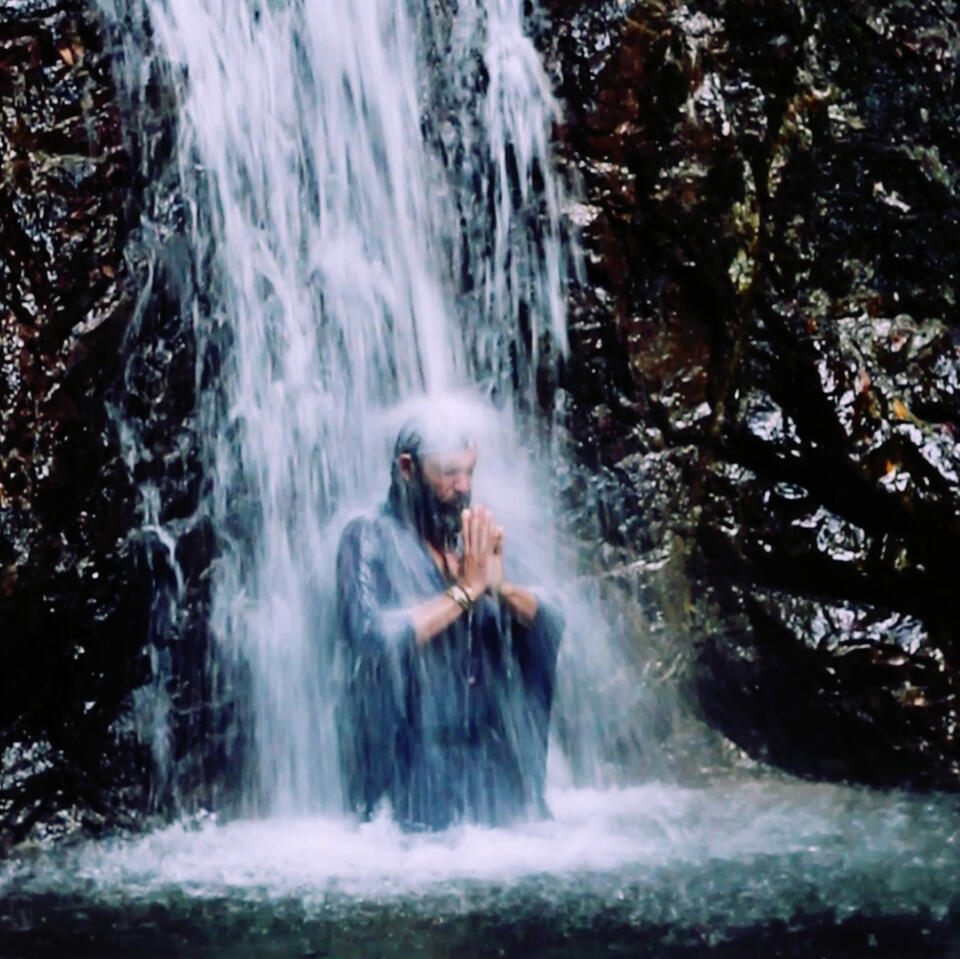
MK during one of his Misogi rituals.
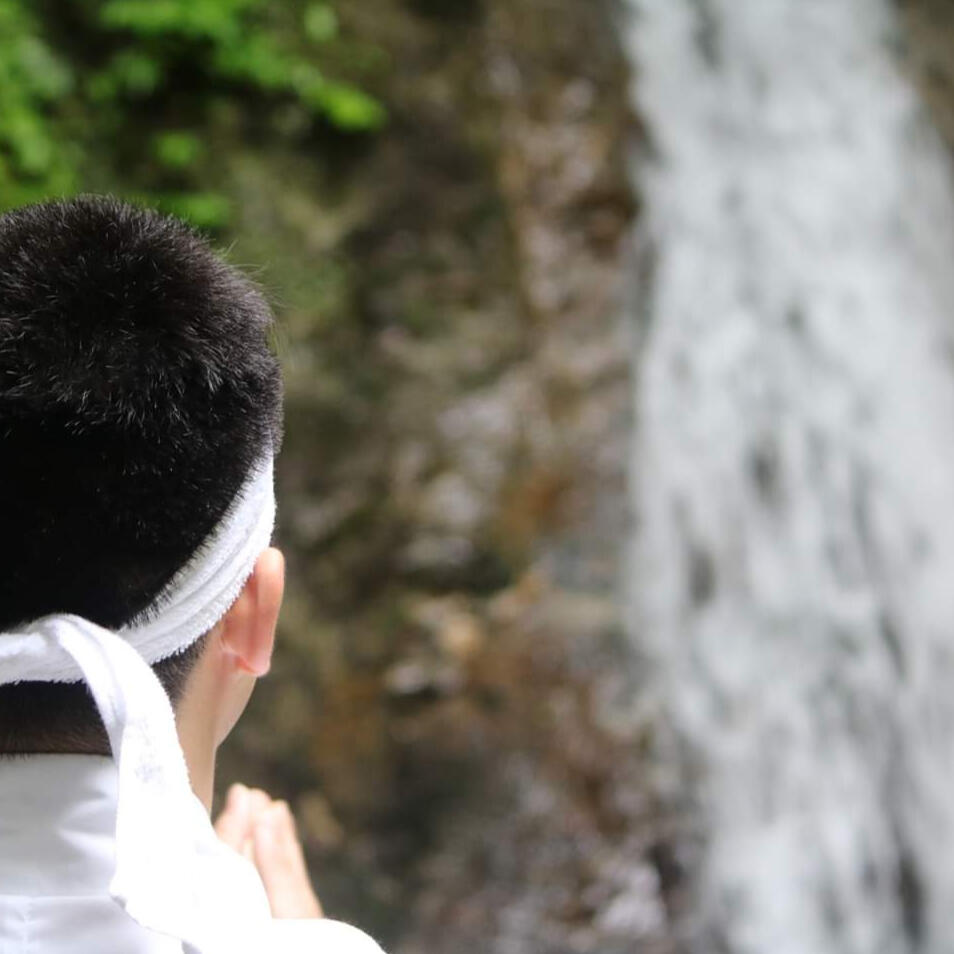
Goma-taki 護摩
Goma-taki, a fire ritual performed primarily in the Shingon tradition of Japanese Buddhism. "Goma" refers to the sacred fire used in the ritual, and "taki" means "burning" or "bonfire."During the Goma-taki ritual, various offerings such as wooden sticks called "gomagi" inscribed with prayers or wishes, rice, sesame seeds, and other symbolic items are offered into the sacred fire while chanting mantras. The ritual is often performed by Buddhist priests or monks and is believed to purify negative karma, bring blessings, and fulfill the wishes of the participants.The fire itself is considered a powerful purifying agent in Buddhist tradition, symbolizing the burning away of negative influences and obstacles on the path to enlightenment.
MK has been involved in contributing to the traditional Goma ritual by performing on a large taiko drum.
Martial Arts 武道
Ethnopunk has only scratched the surface of the diverse array of martial arts practiced in Japan.
Here's a brief overview of the activities in which Ethnopunk has participated.Japanese martial arts encompass a rich diversity of disciplines, each with its unique focus and philosophy.
Iaido, centered on the precise and fluid movements of drawing and sheathing the katana sword, emphasizes mindfulness and awareness in every motion. Kyudo, known as the "Way of the Bow," prioritizes proper form, concentration, and the harmonious relationship between the archer, the bow, and the target. Meanwhile, Karate, originating from Okinawa, is renowned for its striking techniques using punches, kicks, and open-handed strikes, with a strong emphasis on self-defense and mental discipline. Together, these martial arts reflect Japan's deep cultural heritage and its commitment to physical and spiritual development.
Kyoto Samurai, Bushido, Iaido - Kyoto, Nakagyo
Kyoto Samurai is the second dojo(school) run by Tamiya-ryu Kyoto Genseiryusei-kaiThe contents of the lesson are sword techniques of Tamiya style and samurai rules and etiquette.
Karate - Shinkyokushinkai NAGASHIMA DOJO - Iwata, Shizuoka - Sensei: Nagashima Fumiaki
Kyudo Experience - Kyoto, Nakagyo - Sensei: Yamaguchi Kiyoshi
Kumano Kodo
熊野古道
Kumano Kodo (熊野古道, Kumano Kodō) refers to a network of pilgrimage trails through the southern Kansai region. The Kodo ("old ways") are a key part of the region's World Heritage designation and have been in use for over 1000 years. They are the only pilgrimage routes besides the Camino de Santiago to be designated a World Heritage site.
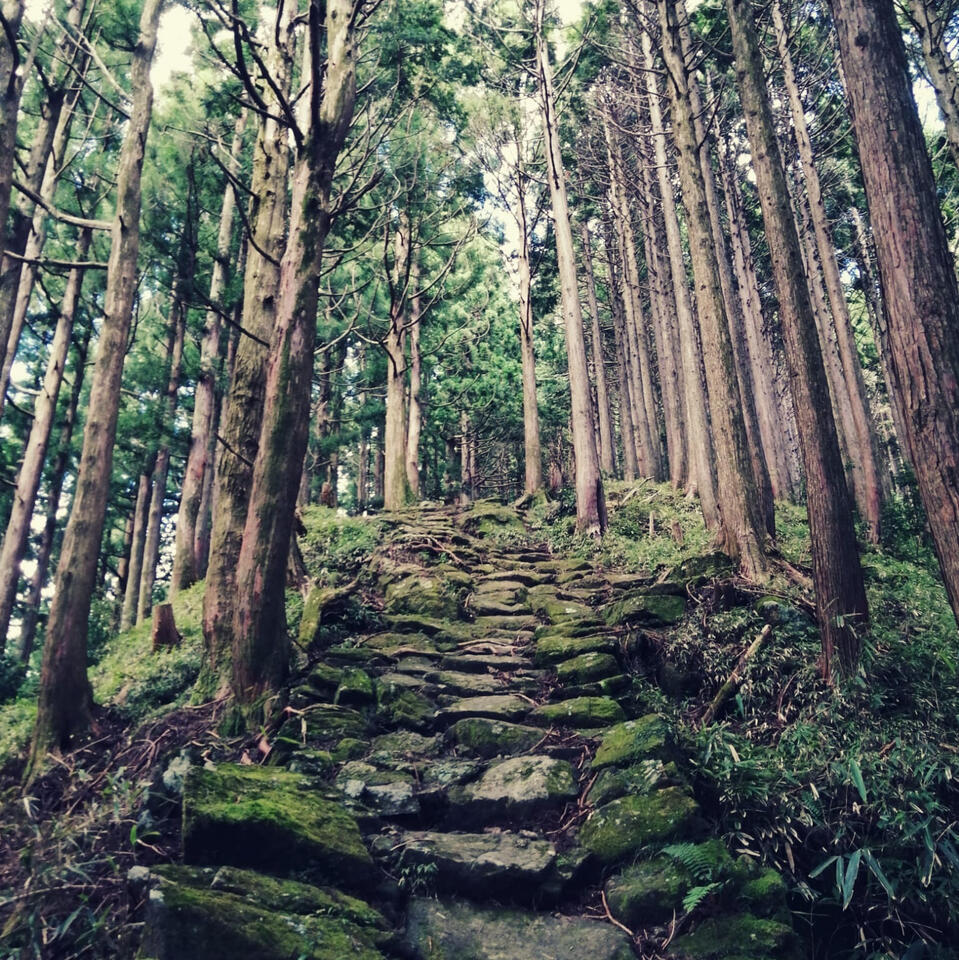
The pilgrimage routes developed as a way for people to move between the sacred areas on the Kii Peninsula. At the center of this religious area are the three Kumano shrines: Hongu Taisha, Hayatama Taisha and Nachi Taisha, collectively known as Kumano Sanzan.
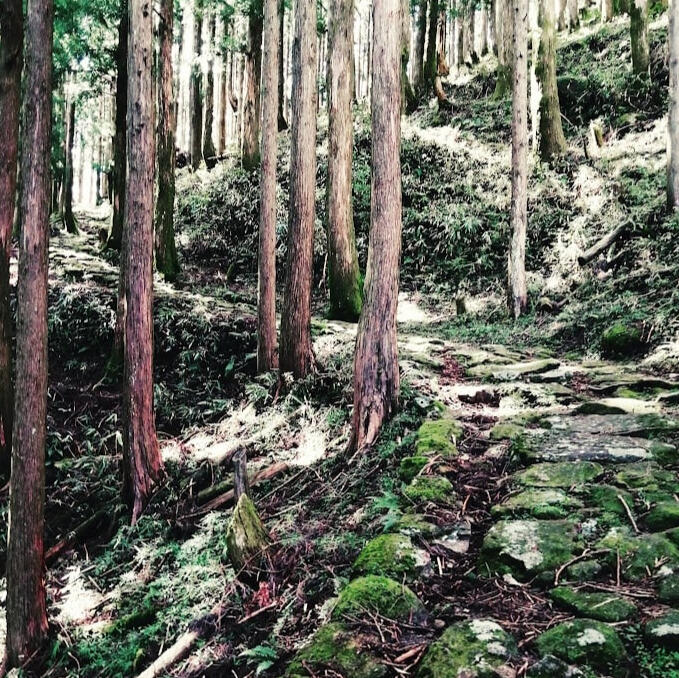
MK and Hari embarked on a transformative journey along the Kumano Kodo roads, tracing their steps from the Ise Shrine in Mie to Wakayama, where they reached all three main shrines of Kumano Kodo. At Hongu Taisha shrine, MK delivered a special performance for the local gods, while Hari, having also walked the European Camino de Santiago, became a dual pilgrim. They traversed the challenging terrain of the Wakayama mountains and arrived at the ancient city of Koyasan before continuing their path through Nara to Kyoto. Their experience was profound; not only did they tread the ancient mountain routes, but they also forged connections with locals and participated in various collaborations, including with a Hongu Taiko group and other local artists, enriching their journey immeasurably.
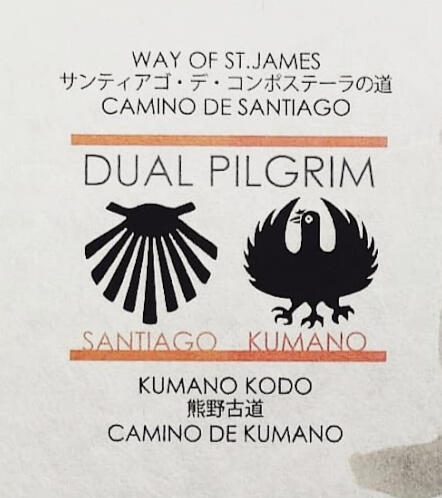
Kumano Kodo
熊野古道
Camino de Santiago
カミーノ デ サンティアゴ
Dual Pilgrim
二つの道の巡礼者

Special performance at
the Kumano Hongu Taisha Shrine.
